Film Room: Hunter Dickinson
There is no denying the fact that Hunter Dickinson is a polarizing figure. For Kentucky fans, there is the obvious debate between Oscar Tshiebwe and Dickinson. For Big Ten fans, you either love that he is on your team (Michigan) or hate playing against him (everyone else). When it comes to the rest of college basketball, the question is whether Dickinson is a hot-headed villain or a fiery competitor with the necessary “dog” in him. Those conversations can all be had at different times in different forums. Here, we are strictly going to focus on what he brings to the floor. Is he a fit for Coach Calipari and the ‘Cats?
Coming out as a 4-star, Top 50 prospect from basketball powerhouse Dematha Catholic, it took Hunter Dickinson no time at all to dominate at the college level. He earned Big Ten Rookie of the Year honors as a freshman, along with being named a Consensus Second Team All-American, while averaging 14.1 points and 7.4 rebounds per game for the Wolverines. That was a Michigan team that went 23-5, earned a #1 seed, and missed the Final Four only via a two-point loss to UCLA. As a sophomore, Dickinson returned to the Sweet 16 while averaging 18.6 points and 8.6 rebounds per game. Finally, as a junior, the 7’1″ center put up 18.5 points and 9.0 rebounds per game. He also vastly improved as a three-pointer shooter each season.
As we will get to later in this film breakdown, Dickinson isn’t a perfect player. Despite improving as a shooter he is still very post-up dominant which clogs the lane. On the defensive end, he leaves a lot to be desired as well. He doesn’t move his feet very well, struggles in ballscreen situations, and gets caught out of position too often. However, being 7’1″ does help to cover up some deficiencies. Now, let’s take a look at how his game translates to Kentucky specifically. It is time to dive into the KSR Film Room to learn more about Hunter Dickinson.
Low Post Scoring
Hunter Dickinson is the type of player you build your offense around. He was used on 27.2% of Michigan’s possessions last season. However, he has the stats to back up that type of usage. On the block, he is an incredibly efficient scorer. He averaged just a tick shy of one point per possession on post-up attempts which rated “very good” per Synergy. Dickinson is also very effective as the roll man and has continued to improve as a pick-and-pop threat. Finally, even when compared to Oscar Tshiebwe, he is actually better at scoring on offensive rebound putbacks. There truly isn’t much to not like about his ability to put the ball in the basket from near the rim.
Hunter Dickinson is very comfortable playing in a 4-around-1 Motion offense. He does a good job of reading the ball movement and ducking in at the right times. On this possession, you see him slam into his man in the middle of the lane to get a deep post catch. After setting his man up with one dribble to his left shoulder, Dickinson spins back to his right shoulder to finish. He plays with such excellent poise and pace in the post.
When you have Dickinson in the post you are going to get traditional low-post scoring. The 7’1″ center is a back-to-the-basket scorer that has a wide array of true post moves. He reads the defense well, is comfortable bouncing it several times, and doesn’t get sped up as pressure comes. Here you see him catch the ball off of the right block and on his second dribble Arizona State sends a double team from the backside. Dickinson feels the double coming and gets into a quick move toward the middle of the lane. He finishes with a pretty little running hook shot. It takes a high skill level to get into this move as pressure comes.
With the incoming freshman class which features some dynamic, albeit ball-dominant, guards there is a question of how a similarly ball-dominant post player would factor into the offensive equation. However, Hunter Dickinson shows the ability to be a ball mover and floor spacer at times. He moves quickly and with a purpose around the floor when he is away from the post. Check out this clip where he slips the wing zoom action as his defender prepares to hard hedge. Despite moving at what essentially is a sprint to the block, the big man has the athleticism and skill to catch the ball, take one power dribble to set his footwork, and then spin back to his right shoulder to finish. This is a big-time basketball play that doesn’t involve clogging up the lane.
Pick-and-Roll, Pick-and-Pop
Hunter Dickinson was used nearly twice as much as a ball screener at Michigan than Oscar Tshiebwe was last season at Kentucky. With young, playmaking guards coming in it could be beneficial to upgrade in that department. At 7’1″ with elite footwork, Dickinson is extremely dangerous on the roll. He does a great job of rolling into the open space and has good enough hands to catch tough passes and finish. As a pick-and-pop threat he has been rapidly improving. After shooting 0-4 from three as a freshman, Dickinson made 21 and 24 three-pointers respectively the last two seasons. Neither are huge numbers, but his 42.1% clip as a junior shows that he is probably ready to start increasing the volume. Let’s take a look at how he produces off of ballscreens.
We think of Hunter Dickinson as a back-to-the-basket scorer and that is fair to a large extent. However, he is very comfortable out on the perimeter. The ball moves through him, he gets into screening action quickly, and moves so fluidly that it helps him get open as a cutter. Look at how open the paint is in this clip. When he gets the ball in the trail spot there isn’t a single defender with a foot in the paint. That bodes very well for next season’s Kentucky guards if Dickinson does in fact become the five-man. This is a beautiful pick-and-pop basket that is very hard to take away without switching.
In the previous clip we say Dickinson knock down a pick-and-pop jumper against a “low show/shadow” ballscreen coverage. Now, we see him make a pick-and-pop three against Minnesota’s hard hedge. There are very few ways to away a 7’1″ big man that can dominate on the block and make face-up jump shots. Dickinson was 10-19 as a spot-up three-point shooter last season.
Here you see Hunter Dickinson as the trigger man in a zoom action out on the wing. After the handoff he rolls down to the block but is covered up by three men initially. However, instead of just standing on the block, he floats into the open space where he is able to get a catch and use his 7’1″ frame to finish. This is excellent floor awareness and basketball IQ from the big man.
Rim Protection
You don’t bring Hunter Dickinson in because of his defensive abilities. Let’s just get that out of the way. He can be a bit lumbering in ballscreen situations, gets caught ball-watching too often, and is an obvious downgrade in terms of rebounding compared to Oscar Tshiebwe (as is everyone in the country). However, simply being 7’1″ is a massive advantage. His block rate of 5.5%, per KenPom, was 126th nationally compared to Tshiebwe’s 3.3% which was 311th. In three seasons at Michigan, Dickinson averaged 1.4, 1.5, and 1.8 blocks per game respectively. Most impressively, while blocking the most shots of his career as a junior he also fouled the least. Again, he isn’t going to be a difference-maker on the defensive end, but trading 6’9″ for 7’1″ is a potentially big upgrade at the rim.
Dickinson is maybe a step slow recovering to the roll man here, but he makes up for it by playing hard and being tall. He has active feet and gives ground to stay lower than the roll which makes the recovery easier even if he is a bit late. The roll man isn’t able to get by Dickinson who then blocks the shot attempt at the rim. Kentucky simply hasn’t had many plays like this in recent years.
Hunter Dickinson isn’t particularly quick, but he moves his feet well and plays hard. Having your 7’1″ five-man be the first line of defense back in transition is impressive. Again, you see the difference that simply being tall can bring. He isn’t going to make the SportsCenter Top 10 with blocks the way Anthony Davis, Willie Cauley-Stein, or even Daimion Collins/Ugonna Onyenso could. However, he is going to block nearly two shots a game and do so without fouling due to his massive size.
The Big Ten Conference was loaded with elite big men in the 2022-2023 season. Purdue’s Zach Edey was the National Player of the Year. Indiana’s Trace Jackson-Davis came on strong late in the season and earned All-American status. Clifford Omoruyi was excellent all season as well for Rutgers. Hunter Dickinson certainly has been battled tested going up against the best big men in the country night after night. He is very comfortable with the physicality of interior combat on the block and throws his weight around well to simply make himself be “in the way” at the rim. Here you see him push Omoruyi’s catch off of the block due to his physicality and then blocks his shot using his 7’1″ length at the rim. It sounds overly simplified, but raw height is a big advantage when deciding between two otherwise average at best defenders.
What Does All of This Mean?
If you are looking for a specific answer in the Oscar Tshiebwe vs. Hunter Dickinson debate, it is hard to argue against Dickinson being the semi-significantly better basketball player. He is a better low-post scorer, he is a legitimate three-point shooting threat, he is a better passer, he turns the ball over less, and operates more comfortably around the basket. Defensively, being four inches taller than Tshiebwe immediately makes him an upgrade. The obvious difference is you downgrade from “best rebounder of the generation” to “above-average rebounder.” That isn’t insignificant by any means, but it is hard to say that it outweighs every other checkmark in the Dickinson column.
Honestly, the better question than Tshiebwe or Dickinson is either one of them versus a better “fit.” It is hard to turn down the All-American ability of either one of these elite centers. However, that doesn’t mean they are ideal for Kentucky’s roster. We have seen firsthand what a lack of floor spacing can do to an offense. With the number of talented playmakers coming into Lexington next season, it might be time to turn our attention to an athletic, rim-running, lob-threat sort of five-man. It is possible that having Tshiebwe or Dickinson on the block, regardless of their talent, would simply get in the way of elite playmaking guards.
Those problems of “fit” are for Coach Calipari to figure out though. Most coaches aren’t in the business of turning down talent. There are plenty of ways to play that could accentuate both the skills of five-star guards and All-American big men. Generally having great players in the backcourt and on the block would be looked at as a positive. It is hard to imagine that having either veteran player wouldn’t help the ‘Cats next season. Dickinson is a more skilled and versatile player than Tshiebwe. Therefore, if you can pick one, the Michigan man should be the choice.
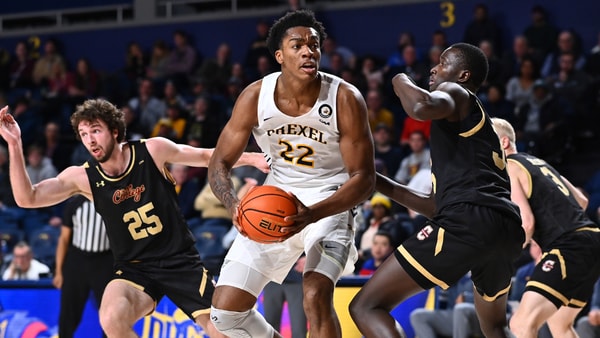
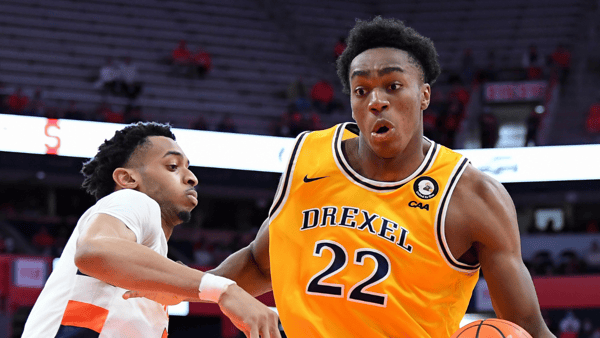
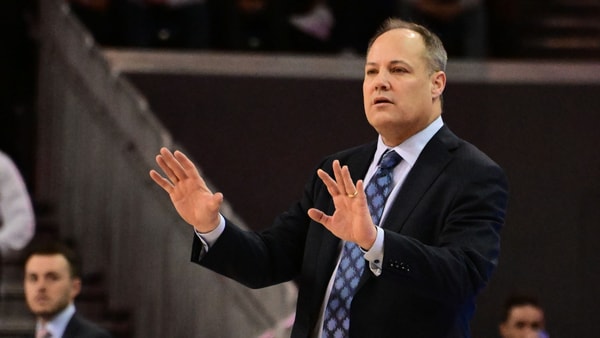
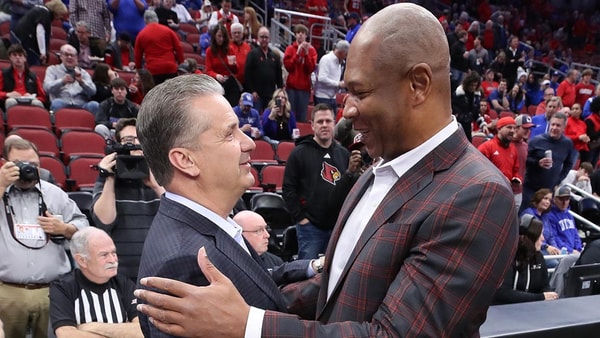

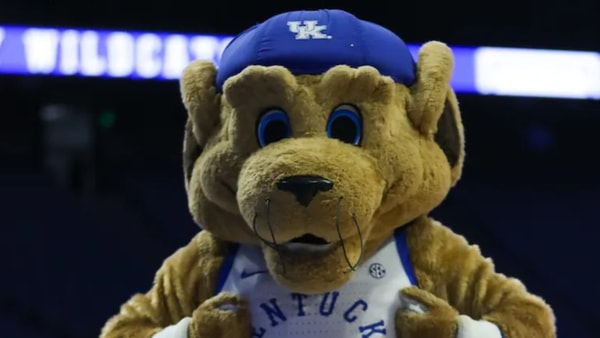
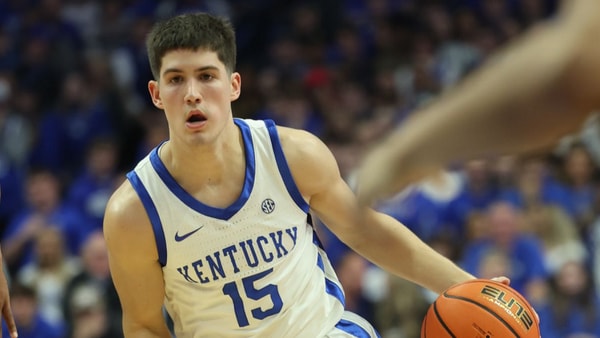
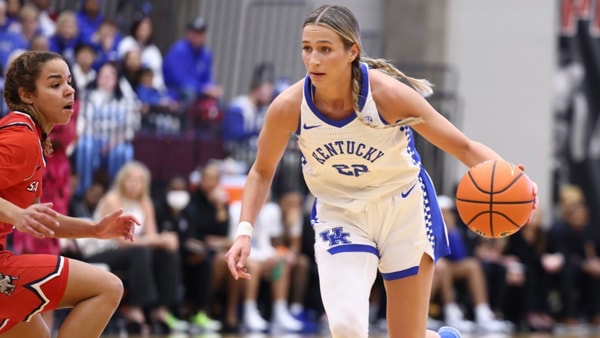
Discuss This Article
Comments have moved.
Join the conversation and talk about this article and all things Kentucky Sports in the new KSR Message Board.
KSBoard